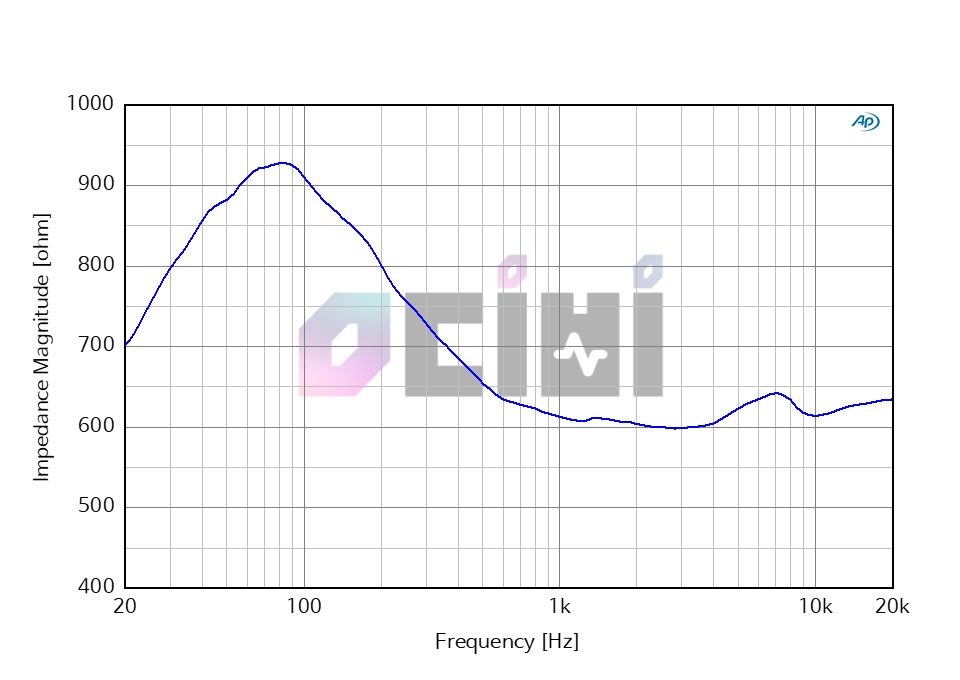OK, you are pointing to adaption to the internal data format DAC is using. Some DACs are really 1bit sigma delta in their nature, but mostly is the internal format multibit. So yes, my above description contains simplification to be enough easy and to point to a more basic principle.
Every DSP results to some level of distortion. In real world no filter has infinite time to process a sample. So what is to compare are benefits or drawbacks of 2 paths: Conventional oversampling + modulation in DAC, or upsampling + modulation in software + adaption of 1bit DSD signal to internal format of DAC.
I humbly disagree. It is the difference in sound quality what forces audiophiles to use HQPlayer. All other things are significantly less important. If there would be a cheap way to get the same quality easier and without software, they would do it. It is not primary intention of people to complicate things. And it is really not about a "sensational but mistaken information" what forces people to do high quality upsampling. Please don't underestimate technical background and listening experience of people. This is the place where you re simplifying things.

Yes. Take high quality test signal, setup HQPlayer for the highest PCM to DSD conversion quality, play the test signal in HQPlayer converting it to high rate DSD on the fly and do a wide band measurement like author of HQPlayer is used to do.
Like this measurement of RME ADI-2, which uses the same AKM4493 DAC chip as Topping E30 (and thus the same internal data format):
https://audiophilestyle.com/forums/...-rme-adi-2-dac/?do=findComment&comment=926151

